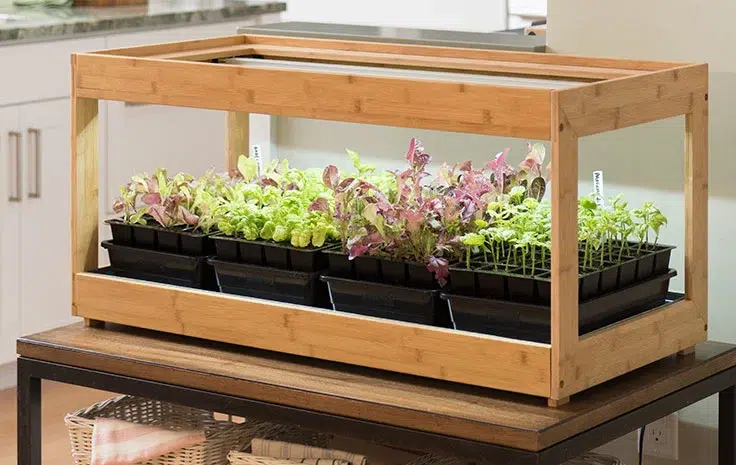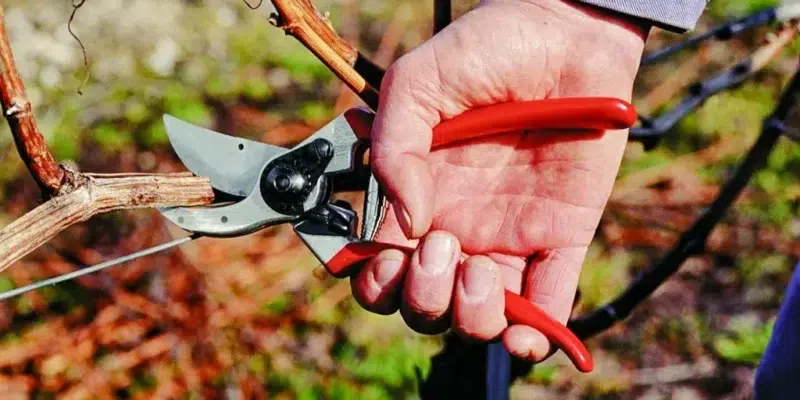Introduction
In recent years, indoor gardening has gained immense popularity among plant enthusiasts. Whether you’re cultivating succulents, herbs, or tropical plants indoors, providing the right amount of light is crucial for their growth and overall health. Since natural sunlight might not always be sufficient, especially in areas with limited sunlight or during the winter months, grow lights have become essential tools for indoor gardeners. This guide will help you navigate the complex world of grow lights and assist you in selecting the perfect lighting solution for your indoor garden.
Understanding the Basics of Light
Before diving into the different types of grow lights, it’s essential to understand the fundamental aspects of light that plants require for photosynthesis. Light consists of various wavelengths, with plants primarily needing light in the blue (400-500 nm) and red (600-700 nm) spectrums. Blue light promotes vegetative growth, while red light stimulates flowering and fruiting.
Types of Grow Lights
- Fluorescent Grow Lights: Fluorescent lights, particularly T5 and T8 tubes, are popular among beginners due to their affordability and energy efficiency. They emit a balanced spectrum of light, making them suitable for a wide range of plants. However, they are best suited for low to medium light plants and need to be placed relatively close to the plants for effective growth.
- High-Intensity Discharge (HID) Lights: HID lights, including Metal Halide (MH) and High-Pressure Sodium (HPS) bulbs, are powerful sources of light suitable for larger indoor gardens. MH lights emit blue light, ideal for vegetative growth, while HPS lights produce red light, promoting flowering and fruiting. HID lights are energy-intensive and generate a lot of heat, requiring proper ventilation and cooling systems.
- LED Grow Lights: Light Emitting Diode (LED) grow lights have gained popularity for their energy efficiency and customizable spectrum. LED lights come in various spectrums, allowing growers to tailor the light to the specific needs of their plants. They produce less heat compared to HID lights and have a longer lifespan, making them a cost-effective option in the long run.
- Full Spectrum Grow Lights: Full spectrum LED grow lights are designed to mimic natural sunlight, providing plants with a balanced spectrum of light for all growth stages. They contain a mix of blue, red, and sometimes other wavelengths, ensuring optimal growth from seedling to harvest. Full spectrum lights are versatile and suitable for various plants.
Choosing the Right Grow Light for Your Plants
- Consider Your Plants’ Needs: Different plants have varying light requirements. Research your specific plants to determine their optimal light intensity and spectrum. For instance, leafy greens like lettuce thrive under cool white or blue light, while flowering plants like tomatoes and peppers benefit from warm white or red light.
- Calculate Light Intensity: Light intensity is crucial for plant growth. Measure the size of your indoor garden area and choose lights with an appropriate wattage and coverage area. Aim for a light intensity of 200-400 µmol/m²/s for most plants, adjusting the height of the lights accordingly.
- Evaluate Energy Efficiency: LED grow lights are generally more energy-efficient than other types. Look for lights with high efficacy ratings (measured in micromoles per joule, µmol/J) to ensure you’re getting the most light output per unit of energy consumed. This can save you money on electricity bills in the long term.
- Consider Heat Management: Proper ventilation and cooling are essential, especially if you’re using HID lights. LED lights produce less heat, but it’s still crucial to maintain a stable temperature in your indoor garden. Invest in fans and cooling systems to prevent heat stress on your plants.
- Budget and Long-Term Costs: While initial costs are important, consider the long-term expenses, including electricity bills and replacement bulbs. LED lights might have a higher upfront cost but can save you money in the long run due to their energy efficiency and longer lifespan.
Conclusion
Selecting the right grow lights for your indoor garden is a crucial decision that directly impacts your plants’ growth and overall health. By understanding the different types of grow lights, considering your plants’ specific needs, evaluating light intensity, energy efficiency, and heat management, you can create an optimal growing environment for your indoor plants. Investing in the right grow lights will not only ensure the success of your indoor garden but also provide you with the joy of watching your plants thrive year-round, regardless of the outdoor conditions.





